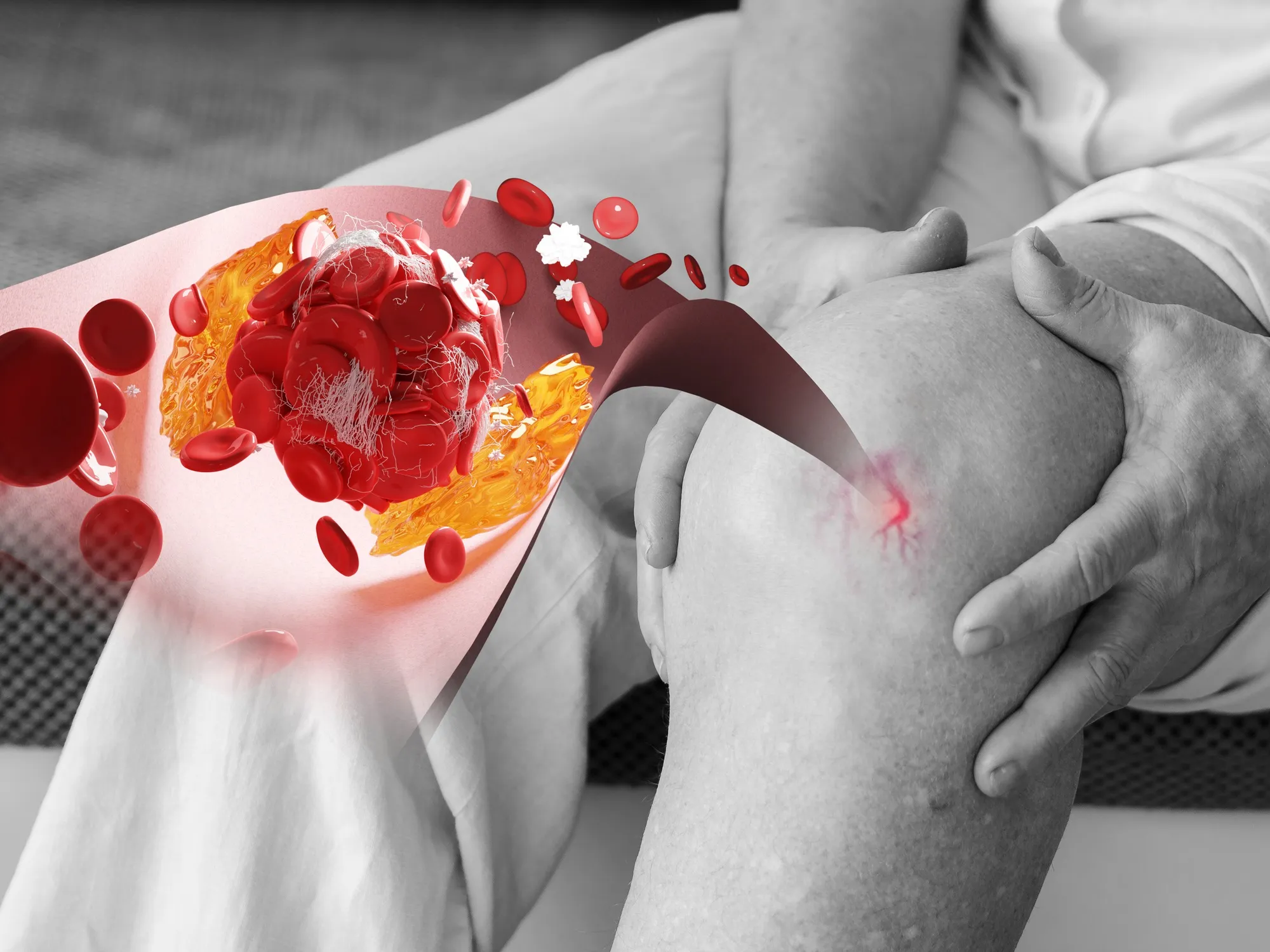In a pioneering discovery that offers new insights into vascular diseases, a team of pathologists and geneticists has identified a distinctive phenotype of hyaline arteriolosclerosis limited to the testes in several strains of aged inbred mice. The finding, detailed in the September 2019 issue of “Veterinary Pathology,” suggests that the risk of developing testicular hyaline arteriolosclerosis has a substantial genetic component, a notion that could guide future investigations into human vascular diseases.
Lead researcher Dr. Timothy K. Cooper, affiliated with the Department of Comparative Medicine and Department of Pathology at Penn State Milton S. Hershey Medical Center, co-authored the study [Cooper et al., 2019] along with colleagues from The Jackson Laboratory, Bar Harbor, ME, USA, and the Computational Bioscience Research Center at King Abdullah University of Science and Technology, Thuwal, Kingdom of Saudi Arabia. Their article presents a detailed account of vascular phenotypes screened in aged laboratory mice, where a significant predilection for hyaline arteriolosclerosis was observed, especially in the SM/J and WSB/EiJ mice strains. The specificity of lesions to the testes and their absence in other organs and in female mice ovaries raises provocative questions about the etiology of this condition.
Key Findings from the Veterinary Pathology Publication
The national group of scientists set out to screen for vascular diseases across 30 strains of aged inbred mice, revealing an unexpected and specific arteriolosclerosis phenotype. The lesions were restricted solely to the testes, with no evidence of renal, systemic, or pulmonary involvement, and were not associated with hypertension or any other vascular lesions that often co-occur in humans, and, interestingly, did not affect ovaries of female mice.
This arteriolosclerosis was particularly predominant in ageing male mice of the SM/J and WSB/EiJ strains, occurring in 90% (27/30) and 73% (19/26) of the mice screened, respectively. Other inbred strains demonstrated a much lower incidence of this disease, pointing towards a strong genetic component in its development.
Implications for Human Disease Research and the Role of Genetics
Learning from these mice strains may unlock answers to human vascular diseases. Since hyaline arteriolosclerosis in humans can be a consequence of conditions like hypertension or diabetes, the absence of such factors in these mouse models suggests a different underlying genetic cause. Such a discovery has the potential to differentiate the pathogenesis of testicular arteriolosclerosis from other cardiovascular conditions.
The controlled environmental and dietary conditions of lab mice, along with their genetic uniformity, make them almost perfect models for studying human diseases. The identification of this genetically driven phenotype of testicular hyaline arteriolosclerosis provides a valuable foundation for future work aiming to identify specific genetic variants that predispose individuals to this condition. This could open a pathway to understanding the mechanisms of arteriolosclerosis more broadly.
Future Direction
The study raises several important questions for future research, including the biological function of these genetically predicated lesions, their potential impact on the fertility of male mice, and the way in which these vascular changes might interact with other physiological systems. With the high prevalence of vascular diseases in human populations, research into the pathways of arteriolosclerosis could lead to better predictive models and therapeutic strategies.
References
1. Cooper, T.K., Silva, K.A., Kennedy, V.E., Alghamdi, S., Hoehndorf, R., Sundberg, B.A., Schofield, P.N., & Sundberg, J.P. (2019). Hyaline Arteriolosclerosis in 30 Strains of Aged Inbred Mice. Veterinary Pathology, 56(5), 799-806. DOI: 10.1177/0300985819844822
2. Sundberg, J.P., & Schofield, P.N. (2010). A mouse-centric view of the world. The American Journal of Pathology, 177(3), 1115-1118. DOI: 10.2353/ajpath.2010.100745
3. The Jackson Laboratory. (2019). Using Mice in Biomedical Research. Retrieved from https://www.jax.org/why-mice
4. National Research Council (US) Committee for the Update of the Guide for the Care and Use of Laboratory Animals. (2011). Guide for the Care and Use of Laboratory Animals. 8th Edition. National Academies Press (US).
5. Beaufrère, H., & Ambrus, A. (2016). The Role of Vascular Pathology in the Aging Brain: A Translational Approach from Rodent to Human with Special Emphasis on the Role of Age in Spontaneous Cerebral Hemorrhages. American Journal of Pathology, 186(1), 1-11. DOI: 103.1016/j.ajpath.2015.08.028
Keywords
1. Hyaline arteriolosclerosis
2. Vascular diseases genetics
3. Testicular vascular lesions
4. Mouse model vascular diseases
5. Aged mice research
The progression of research in the field now hinges on unraveling the genetics of this arteriolosclerosis phenotype, with Cooper and his team poised to delve deeper into the fundamental nature of genetic factors influencing vascular diseases in mammals, including humans. With robust animal models and innovative approaches, the journey from discovery to treatment of vascular conditions looks more promising than ever.
